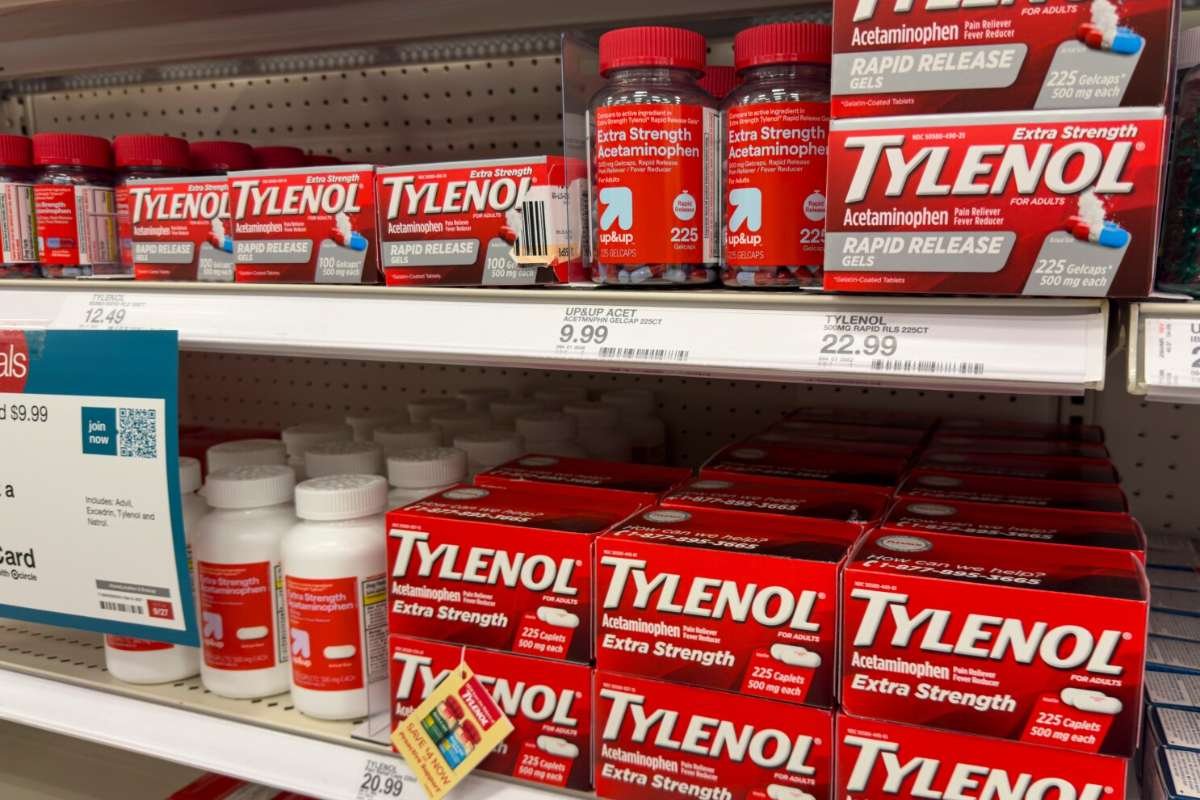Key Points:
- Rite Aid shuts all U.S. stores after second bankruptcy.
- Legal issues and competition crushed recovery.
- Thousands lose jobs, communities lose pharmacies.
Rite Aid’s shutdown, one of America’s oldest and most recognisable pharmacy chains, has announced the permanent closure of all its retail stores across the United States. The move officially ends a 60-year presence in the country’s pharmacy sector.
The company confirmed the decision through a statement expressing gratitude to its loyal customers, saying it had been “an honour to serve communities for decades.” While the announcement marks a significant moment in retail history, Rite Aid has yet to provide details on how prescription transfers and customer services will be handled in the aftermath of the closures.
The sweeping shutdown underscores the challenges facing traditional drugstore chains as they battle falling profits, growing online competition, and mounting legal troubles.
Financial Struggles and Legal Pressures
Rite Aid’s shutdown decision follows its second bankruptcy filing in less than two years. The company initially filed for Chapter 11 bankruptcy protection in October 2023, allowing it to restructure debt and offload unprofitable locations. After emerging from that process in 2024, it filed for bankruptcy again in May 2025, citing continued financial strain and unresolved legal liabilities.
At its peak, Rite Aid operated more than 1,200 stores across 15 states. During its first restructuring, the company secured nearly $2 billion in new financing from existing lenders to stabilise operations. However, steep competition from retail giants and online pharmacies, combined with billions in debt and ongoing litigation, ultimately made recovery unsustainable.
Rite Aid has also faced numerous lawsuits related to its handling of opioid prescriptions. Federal authorities accused the company of filling prescriptions despite clear signs of misuse, an allegation Rite Aid has denied. Although it agreed to a $7.5 million settlement in 2024 without admitting wrongdoing, several lawsuits from states and municipalities remain pending under bankruptcy court supervision.
The company has maintained that it continues to cooperate with regulators and intends to resolve remaining claims fairly through the court process.
What Comes Next for Customers and Employees
Founded in 1962 as Thrift D Discount Centre in Scranton, Pennsylvania, Rite Aid grew into one of America’s largest pharmacy chains before its decline. The company’s closures leave thousands of employees facing job uncertainty and many communities — particularly in smaller towns — losing a primary healthcare access point.
Analysts say Rite Aid’s shutdown reflects broader shifts in the U.S. retail pharmacy industry. Rising operational costs, aggressive competition from CVS and Walgreens, and the rapid adoption of digital prescription services have reshaped consumer behaviour.
As Rite Aid winds down its remaining operations, the focus will now turn to the redistribution of assets, the settlement of debts, and the transition of prescription records to partner pharmacies. Industry experts note that the company’s exit could accelerate consolidation across the pharmacy sector, with remaining players racing to capture Rite Aid’s former market share.
Rite Aid’s closure marks not just the end of a business, but the close of a chapter in American retail — a cautionary tale of how legal liabilities, debt pressure, and digital disruption can bring down even long-standing institutions.
Visit The Enterprise World for the most recent information.


















